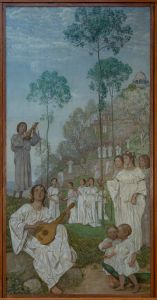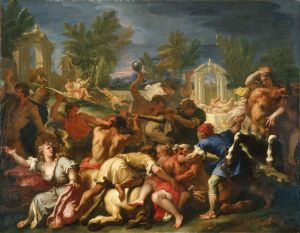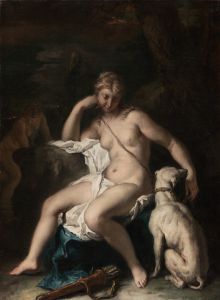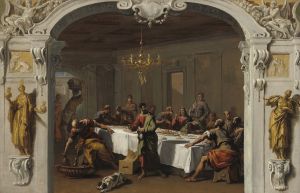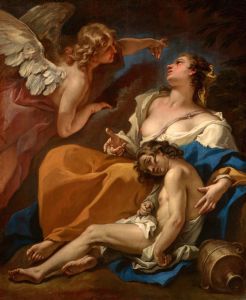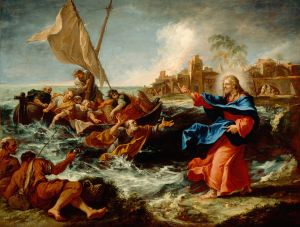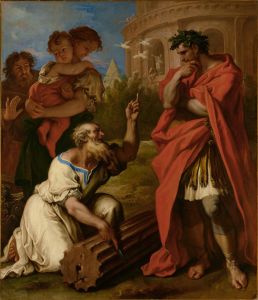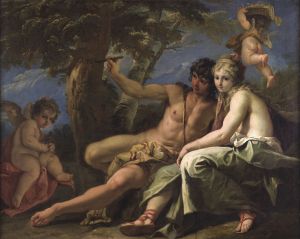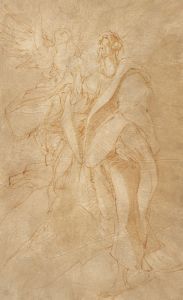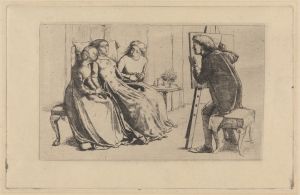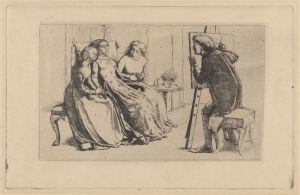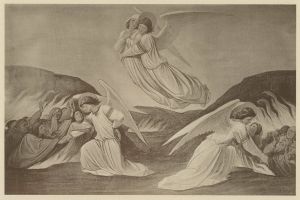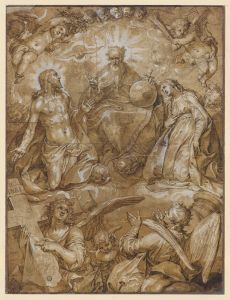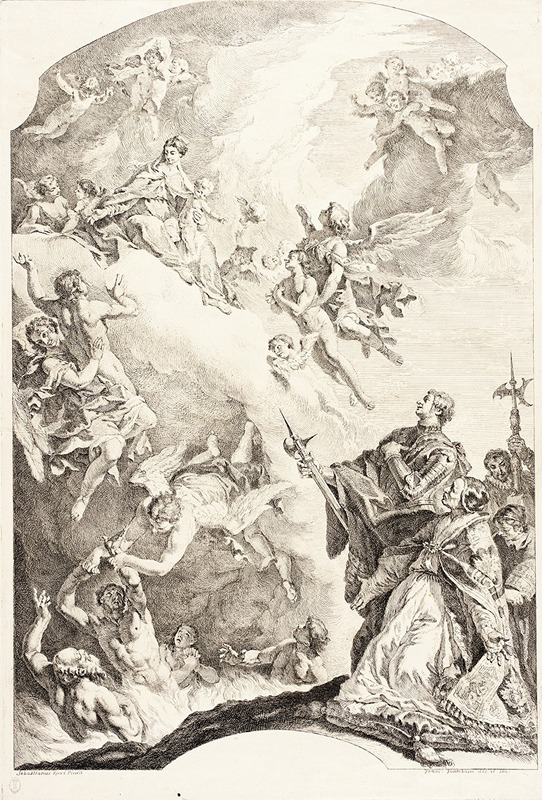
Pope Gregory the Great and Saint Vitale Interceding for the Souls in Purgatory
A hand-painted replica of Sebastiano Ricci’s masterpiece Pope Gregory the Great and Saint Vitale Interceding for the Souls in Purgatory, meticulously crafted by professional artists to capture the true essence of the original. Each piece is created with museum-quality canvas and rare mineral pigments, carefully painted by experienced artists with delicate brushstrokes and rich, layered colors to perfectly recreate the texture of the original artwork. Unlike machine-printed reproductions, this hand-painted version brings the painting to life, infused with the artist’s emotions and skill in every stroke. Whether for personal collection or home decoration, it instantly elevates the artistic atmosphere of any space.
Sebastiano Ricci's painting Pope Gregory the Great and Saint Vitale Interceding for the Souls in Purgatory is a Baroque-era artwork that reflects the artist's mastery of dramatic composition and vivid storytelling. Sebastiano Ricci (1659–1734) was an Italian painter known for his dynamic and theatrical style, which was influenced by Venetian traditions and the broader Baroque movement.
This painting depicts Pope Gregory the Great, a significant figure in the Catholic Church, alongside Saint Vitale, a Christian martyr. The two are shown interceding on behalf of the souls in Purgatory, a central theme in Catholic theology that emphasizes the purification of souls before they enter Heaven. The work captures the spiritual intensity and emotional appeal characteristic of Baroque religious art, which sought to inspire devotion and convey the power of divine intercession.
The composition is marked by Ricci's use of vibrant colors, dramatic lighting, and fluid brushwork. The figures of Pope Gregory and Saint Vitale are rendered with a sense of grandeur and authority, while the souls in Purgatory are portrayed in a state of anguish and hope, reaching out for salvation. The interplay of light and shadow enhances the emotional depth of the scene, drawing the viewer's attention to the central act of intercession.
While the exact date of the painting's creation is not widely documented, it is consistent with Ricci's mature style, which developed during the late 17th and early 18th centuries. Ricci's works often combined religious themes with a sense of theatricality, making him a prominent figure in the transition from the High Baroque to the Rococo period.
The painting is an example of Ricci's ability to synthesize religious narrative with artistic innovation, reflecting the broader cultural and spiritual concerns of his time. It also demonstrates his skill in creating compositions that are both visually compelling and theologically resonant.
Further details about the painting's current location, provenance, or commission history are not readily available in existing records.





